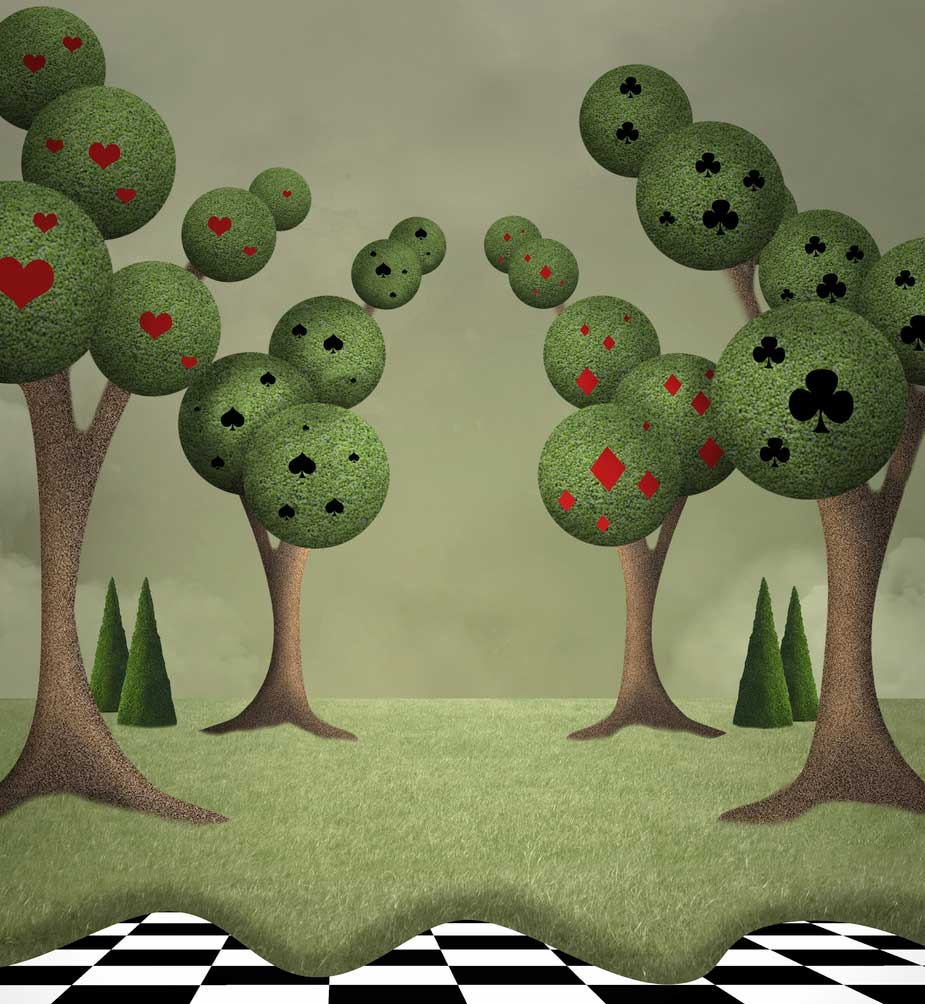porcelain
nounA hard, white, translucent ceramic made by firing a pure clay and then glazing it with variously colored fusible materials; china.
nounAn object made of this substance.
nounAn obsolete form of
A ceramic ware having a translucent body, and when glazed (see
A hard-paste porcelain made in the early part of the nineteenth century.
nounSee
A modern porcelain, of which the variety best known is unglazed works of art, such as statuettes and groups. Thorwaldsen’s works, especially, have been copied in this ware.
nounLess properly, when the decoration is produced by casting or pressing the whole surface before the color is applied.
nounA hard-paste porcelain made from 1779 to the present day. The kaolin was obtained from St. Yrieix in the neighborhood, and the ware was especially brilliant and translucent as long as this alone was used. The modern porcelain includes much of the most important ceramic production of modern France.
nounA hard-paste porcelain made from 1769, in consequence of the discovery of deposits of kaolin in France. This manufacture has reached greater merit of late years than before the revolution: in size and perfection the pieces surpass anything produced elsewhere, and the painting shows unparalleled skill and mastery of the material, whatever may be thought of its appropriateness and good taste as decoration. The mark under the kings of the old régime was always the royal cipher L L, front to front, crossing above and below, and within the space so inclosed a letter denoting the year of manufacture, a double alphabet beginning in 1778. AA, etc. Under the republic, the word Sèvres, and R. F. for République Francaise, were used; under the empire, M. Imple. de Sevres, sometimes with the imperial eagle, was used. The restored kings used a cipher of LL and one of CC; Louis Philippe, a cipher L. P., and often the name of the palace for which the ware was made. The 1848 republic restored the R. F.; and the second empire, a crowned N, with S for Sèvres, and the date, as 56. 57. But since about 1830 all pieces are marked before decorating with the letter S, and a date in green included in a cartouche, and, when the piece is sold undecorated, this mark is cut through by a touch to a grinding-wheel.



